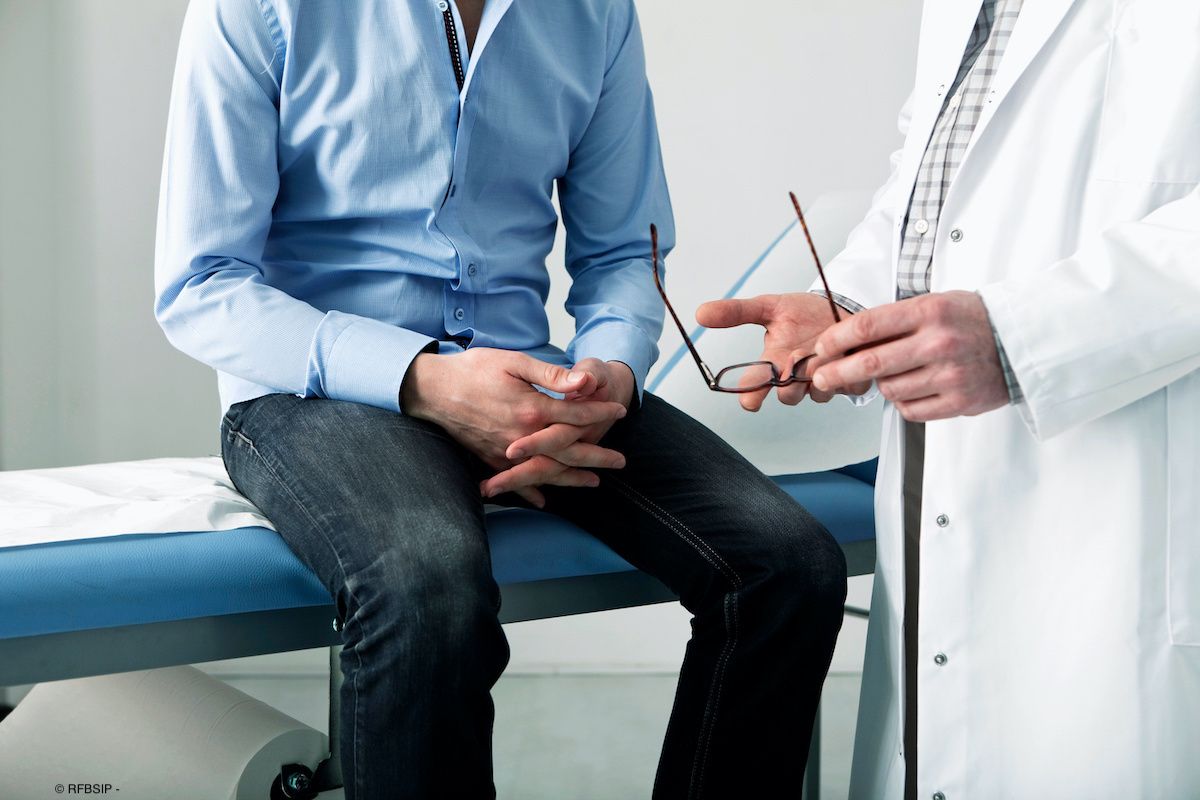News
Article
UroLift may offer improved early recovery period vs Rezūm for BPH
Author(s):
Key Takeaways
- UroLift patients demonstrated superior recovery outcomes, including higher satisfaction and improved sexual function, compared to Rezūm patients.
- The study showed significant differences in catheter-independence, with UroLift patients achieving better results.
“The differences in patient experience between UroLift System and Rezūm, particularly in terms of early recovery, sexual function, and overall satisfaction, are key considerations for both clinicians and patients selecting a treatment path," says Mark Rochester, MD, FRCS.
Results from the CLEAR trial (NCT04338776) suggest that patients with benign prostatic hyperplasia (BPH) who undergo prostatic urethral lift (PUL) with the UroLift System may face better recovery outcomes in terms of patient satisfaction, interference with daily activities, and sexual function compared with patients who undergo Rezūm Water Vapor Thermal Therapy (WVTT).1
The data were presented at the 40th Annual European Association of Urology Congress in Madrid, Spain.
In the UroLift arm, 1 of 42 patients failed to achieve catheter-independence, compared with 10 of 37 patients in the Rezum arm.

“These results provide important insights into the real-world recovery experience of BPH patients undergoing minimally invasive treatments,” said lead author, Mark Rochester, MD, FRCS, consultant urologist and service director for operating theatres at Norfolk and Norwich University Hospital, UK, in a news release on the findings.2 “The differences in patient experience between UroLift System and Rezūm, particularly in terms of early recovery, sexual function, and overall satisfaction, are key considerations for both clinicians and patients selecting a treatment path.”
Patients included in the head-to-head study were randomly assigned 1:1 to undergo UroLift PUL or Rezūm WVTT. Participants were recruited from 10 clinical trials sites across the US and UK.3
The current analysis included 42 patients in the UroLift arm and 37 patients in the Rezūm arm. Baseline demographics were similar between the 2 groups, according to the authors. For the study, patients completed the International Index of Erectile Function (IIEF) questionnaire and the Male Sexual Health Questionnaire for ejaculatory dysfunction (MSHQ-EjD) at day 3, day 7, 2 weeks, 1 month, 3 months, and 12 months.
The primary end point for the study was catheter-independence by 3 and 7 days following the procedure. In the UroLift arm, 1 of 42 patients failed to achieve catheter-independence, compared with 10 of 37 patients in the Rezum arm.
Sexual function also appeared to be better with UroLift. At 1 month, patients in the UroLift arm demonstrated significantly improved scores on the IIEF domains of erectile function (EF) and orgasmic function (OF) vs patients in the Rezūm arm. Specifically, the average IIEF-EF score at 1 month was 17.1 in the UroLift arm vs 11.5 in the Rezūm arm. The average IIEF-OF score at 1 month was 7.0 in the UroLift arm vs 4.6 in the Rezūm arm.
UroLift patients also reported better IIEF scores for overall satisfaction as well as improved scores on the MSHQ-EjD at 3 months.
The authors also reported, “More Rezūm [patients] experienced interference in daily activities at 14d and 1mo due to pain while urinating or blood in urine compared to UroLift [patients].”
Additionally, satisfaction scores (which included measures of overall happiness with the procedure, satisfaction with voiding symptoms, and likeliness to recommend the procedure) were significantly better among UroLift patients at 14 days and 1 month following the procedure. At 3 months, these scores were comparable.
Based on these findings, the authors concluded, “These data suggest that PUL may yield a better recovery period and early safety profile through 14d and 1mo with lower catheterization, less interference in daily activities due to pain while urinating or blood in urine, higher satisfaction, and better sexual function.”
The CLEAR study is ongoing to assess longer term (12 month) outcomes. Final completion is expected in December 2025.3
REFERENCES
1. Rochester M, Barber N, Mazzarella B, et al. Results from the CLEAR RCT suggest the road to recovery is not equivalent between UroLift PUL and Rezum WVT. Presented at: 40th Annual European Association of Urology Congress. Madrid, Spain. March 21-24, 2025. Poster P436
2. Teleflex announces updated clinical study data presented at the European Association of Urology (EAU) Congress. News release. March 25, 2025. Accessed April 4, 2025. https://www.globenewswire.com/news-release/2025/03/25/3048560/0/en/Teleflex-Announces-Updated-Clinical-Study-Data-Presented-at-the-European-Association-of-Urology-EAU-Congress.html
3. Comparing UroLift Experience Against Rezūm (CLEAR). ClinicalTrials.gov. Last updated February 21, 2025. Accessed April 4, 2025. https://clinicaltrials.gov/study/NCT04338776












